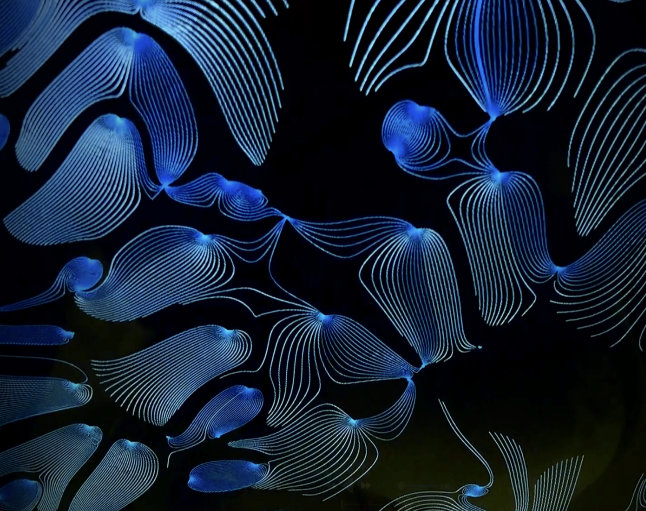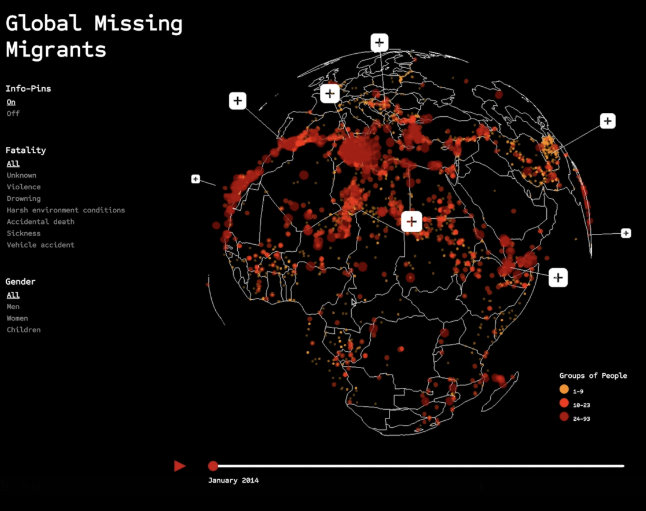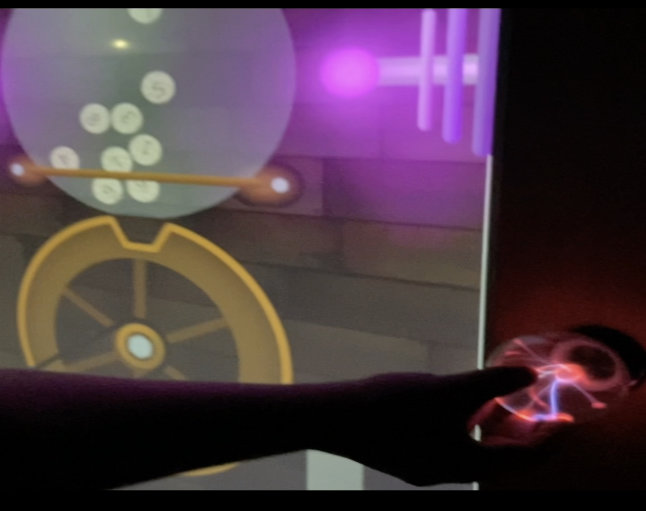
Prof. Dr. Franklin Hernández-Castro
Prof. Dr. Franklin Hernández-Castro is senior professor and researcher at Costa Rica Institute of Technology, and guest professor at Hochschule für Gestaltung Schwäbisch Gmünd in Germany.
Ph. D. Hernández-Castro, made his first degree in Industrial Design at Tecnológico de Costa Rica. Besides, he made the last year of Design School Institute Superiore per la Industria Artistiche (ISIA) in Rome, Italy
After that, he obtained two master degrees, one in Design Theory in Germany and one in Computer Science in Costa Rica Institute of Technology with “Summa cum laude” honors.
Later he earned his Ph.D. at Duisburg-Essen University in Germany with “Magna cum laude” honors.
Dr. Hernández-Castro directed the Design School at TEC Costa Rica for ten years and taught at universities in the United States, Germany, Austria, and Canada.
Dr. Hernández-Castro is working in research since 1990 at TEC Costa Rica in cooperation with several universities like Media Lab. from MIT, Hochschule für Gestaltung Schwäbisch Gmünd in Germany and University of Rochester in New York and with companies like Intel and Hewlett-Packard.
He has worked as a member of panel reviewing of accreditation for the National Authority for Qualifications & Quality Assurance of Education in the Kingdom of Bahrain in the Persian Golf.
His primary field is Scientific Data Visualization, Interface Usability, Interactive Infographics and Mixed Reality and his minor is Computer Science.
He wrote more than 50 papers and four books, and made more than 30 lectures in countries like United States of America, Germany, Canada, México, Austria, Colombia, etc.
El profesor Hernández-Castro nació en San José, Costa Rica, en Abril de 1963, se graduó como diseñador industrial en el Instituto Tecnológico de Costa Rica en 1984. Posteriormente realizó dos maestrías y varias pasantías de investigación en el Istituto Superiore per le Industrie Artistiche en Roma, Italia; en el Hochschule für Gestaltung Schwäbisch Gmünd en la República Federal Alemana y en el Instituto Tecnológico de Costa Rica, en los campos de Ciencias del Diseño y Ciencias de la Computación, campo donde se graduó con los máximos honores “suma cum laude”.
Posteriormente sacó su doctorado con mención honorífica “magna cum laude” en la Universidad de Duisburg-Essen en la República Federal Alemana en Ciencias del Diseño.
En su experiencia académica cuenta con tres libros y más de 50 artículos técnicos, además de dictar numerosas ponencias y seminarios en países como Alemania, Austria, Canadá, Estados Unidos y México, entre otros.
Actualmente es profesor-investigador catedrático en el Instituto Tecnológico de Costa Rica, además de profesor invitado permanente en el Hochschule für Gestaltung Schwäbisch Gmünd en la República Federal Alemana.
Ha trabajado como miembro de páneles acreditadores para el National Authority for Qualifications & Quality Assurance of Education en el reino de Bahrain en el Golfo Pérsico.
Su campo principal de investigación es el análisis y diseño de interfaces, donde profundiza las relaciones entre lo analógico y lo algorítmico, buscando puntos de convergencia entre las ciencias de la computación y la teoría de la percepción, campos en los que tiene una maestría en cada uno.
En el campo de la investigación-extensión ha trabajado para proyectos de investigación desde el año 1991, en cooperación con varias universidades internacionales entre las que se cuentan el MIT en Massachusetts, el Hochschule für Gestaltung Schwäbisch Gmünd en Alemania y la University of Rochester en New York. Actualmente es miembro fundador del grupo de investigación eScience del Tecnológico de Costa Rica, investigando en nuevas interfaces y visualización de datos científicos.
Profesionalmente se especializa en el campo del Diseño de Información, Usabilidad de Interfaces y Visualización de Información.
news (2025.04.22)
HfG SS 2025 | data visualization
this semester we worked with the data visualization course at the hochschule für gestaltung schwäbisch gmünd in southern germany.
este semestre dicté el curso de data visualization en el hochschule für gestaltung schwäbisch gmünd en el sur de alemania.
TEC 2S 2024 | non human pepper ghost
this semester at TEC the mixed reality project was about designing and implementing a simulation in the form of a machine with extraterrestrial semantics, “the non human device”.
este semestre en el TEC el proyecto de mixed reality se trató de diseñar e implementar una simulación en forma de una máquina con semántica extraterrestre, “the non human device”.
HfG WS 2024 | data visualization
this semester we worked with the data visualization course at the hochschule für gestaltung schwäbisch gmünd in southern germany.
este semestre dicté el curso de data visualization en el hochschule für gestaltung schwäbisch gmünd en el sur de alemania.
TEC 1S 2024 | virtual lotto
this semester the mixed reality project consisted of a “bingo” or “lottery” machine in the virtual environment, students could choose in which semantics they could do the work.
este semestre el proyecto de mixed reality consistió de una máquina de de “bingo” o “lotería” en el ambiente virtual, los estudiantes podían escoger en que semántica podían hacer el trabajo.
TEC 2S 2023 | goldberg machine
this semester the mixed reality project consisted of a goldberg machine, the theme was free so students could choose. however, at least three interactions between digital and real reality were necessary.
este semestre el proyecto de mixed reality consistió de una máquina de goldberg, el tema era libre así que los estudiantes podían escoger. sin embargo, al menos tres interacciones entre la realidad digital y la real eran necesarias.
HfG WS 2023 | data visualization
this semester we worked with the data visualization course at the hochschule für gestaltung schwäbisch gmünd in southern germany.
este semestre dicté el curso de data visualization en el hochschule für gestaltung schwäbisch gmünd en el sur de alemania.
TEC 1S 2023 | touch table
this semester the project consisted of using the interactive lab table to design an experience that included a commercial idea.
este semestre el proyecto consistió en usar la mesa interactiva del laboratorio para diseñar una experiencia que incluyera una idea comercial.
HfG SS 2023 | data visualization
this semester we worked with the data visualization course at the hochschule für gestaltung schwäbisch gmünd in southern germany.
este semestre dicté el curso de data visualization en el hochschule für gestaltung schwäbisch gmünd en el sur de alemania.
TEC 2S 2022 | touch table
the project consisted of using the interactive lab table to design an experience that included a music visualization.
el proyecto consistió en usar la mesa interactiva del laboratorio para diseñar una experiencia que incluyera una visualización de música.
HfG WS 2022 | dataViz
this semester we started again with the data visualization course at the hochschule für gestaltung schwäbisch gmünd in southern germany. the course consists of five units of preparation and the development of a project on the topic of data visualization with the language javascript.
este semestre re-iniciamos con el curso de data visualization en el hochschule für gestaltung schwäbisch gmünd en el sur de alemania. el curso cuenta con cinco unidades de preparación y el desarrollo de un proyecto en el tema de visualización de datos con el lenguaje javascript.
TEC 1S 2022 | dominos
the project was to redefine in this environment a version of the typical domino chain, all this using the box2D library.
el proyecto fue redefinir en este ambiente una versión de la típica cadena de dominos, todo esto usando la biblioteca box2D.
TEC 2S 2021 | laberinto
the project was to redefine in this environment a version of a typical wooden maze in which the game is tilted to guide a ball, all this using the box2D library (https://box2d.org).
el proyecto fue redefinir en este ambiente una versión detípico laberinto de madera en el que se inclina el juego para guiar una bola, todo esto usando la biblioteca box2D (https://box2d.org).
TEC 1S 2021 | pinball
the project was to redefine in this digital environment a version of the pinball game using the box2D library (https://box2d.org).
el proyecto fue redefinir en este ambiente digital una versión del juego pinball usando la biblioteca box2D (https://box2d.org).
caculhá | 2018-2021
this project consisted of a 40-year visualization of storm tracks around central america and their correlation with the areas of highest rainfall during that time.
este proyecto consistió en la visualización de 40 años de trayectorias de tormentas alrededor de centroamérica y su correlación con las zonas de mayores precipitaciones en ese lapso de tiempo.
TEC 2S 2020 | goldberg
in this case we used the idea of the «golberg machine» whose premise is «make something easy in a difficult way». with this idea and the inclusion of the box2D library (https://box2d.org) the students developed customized versions of these machines that are interacted with through the cell phone.
en este caso usamos la idea de la «máquina de golberg» cuya premisa es «hacer algo fácil de un modo difícil». con esta idea y la inclusión de la biblioteca box2D (https://box2d.org) los estudiantes desarrollaron versiones personalizadas de estas máquinas con las que se interactúa a través del teléfono celular.
TEC 1S 2020 | color tracking & voice recognition
the first semester of 2020 saw the outbreak of covid-19. that semester’s project was set aside and adapted to what could be done at each student’s home. the solution was to use «color tracking» and «voice recognition», both of which everyone could improvise at home.
el primer semestre del año 2020 se dio el brote de covid-19. el proyecto de ese semestre se dejó de lado y se adaptó a lo que se pudiera hacer en la casa de cada estudiante. la solución fue usar «color tracking» y «voice recognition», ambas cosas que todos podían improvisar en sus casas.















